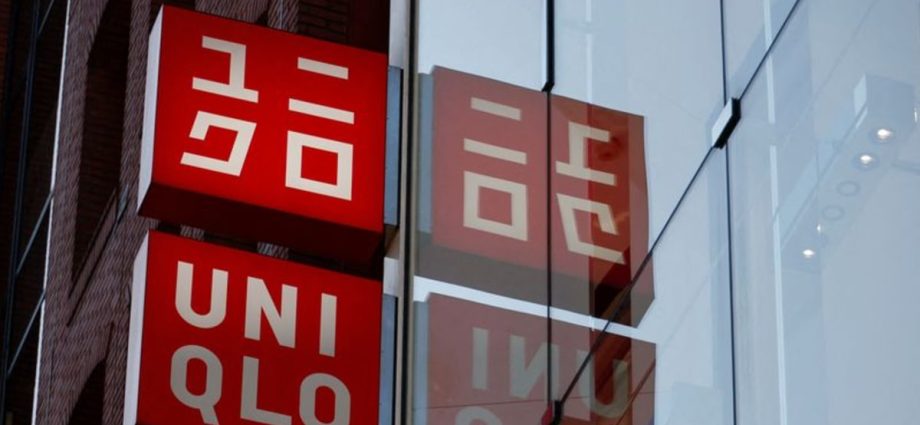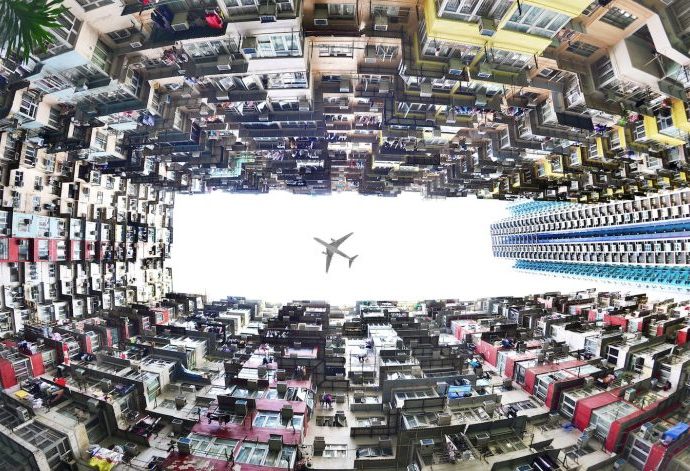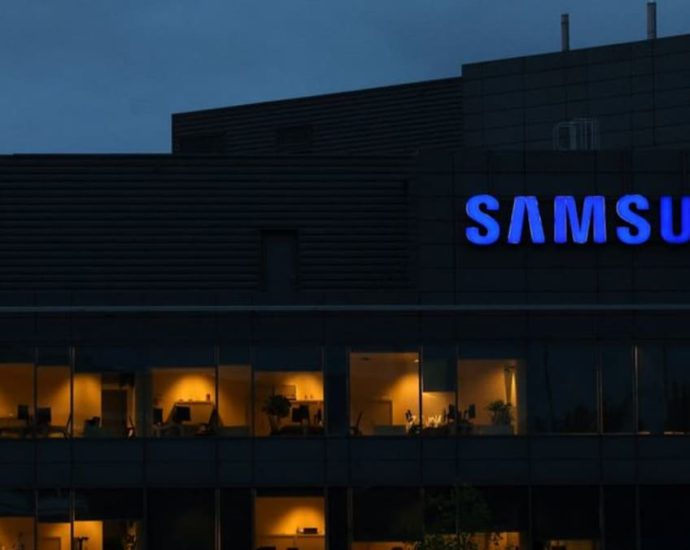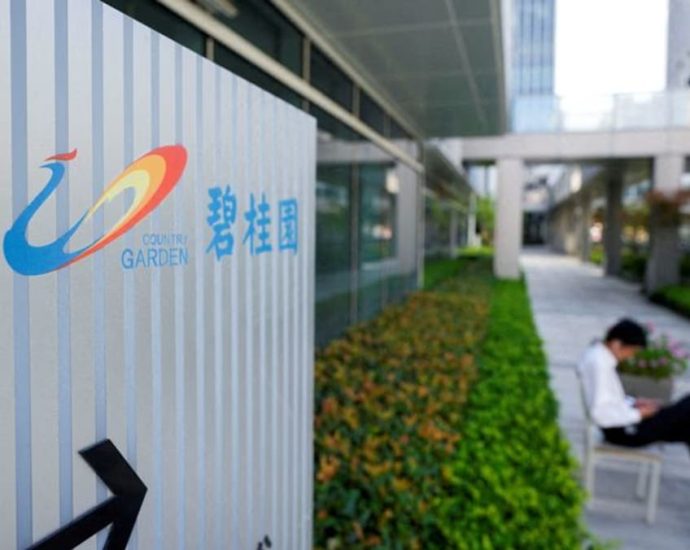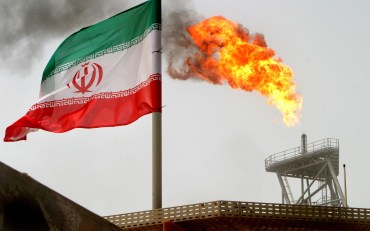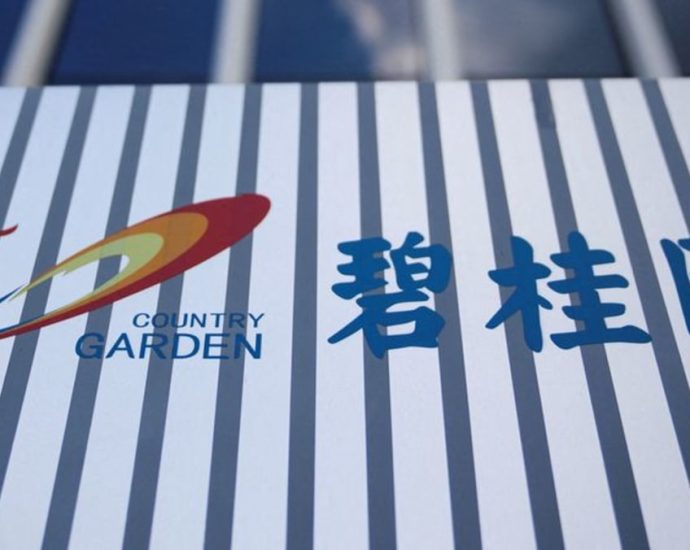Uniqlo owner set for 26% profit surge on China rebound, yen slide
TOKYO: The Japanese owner of the international clothing retailer Uniqlo is anticipated to break the record profit set by last year when it releases results on Thursday( Oct 12 ), taking advantage of a recovery in China and the yen’s decline. As business in China, its largest international market withContinue Reading

